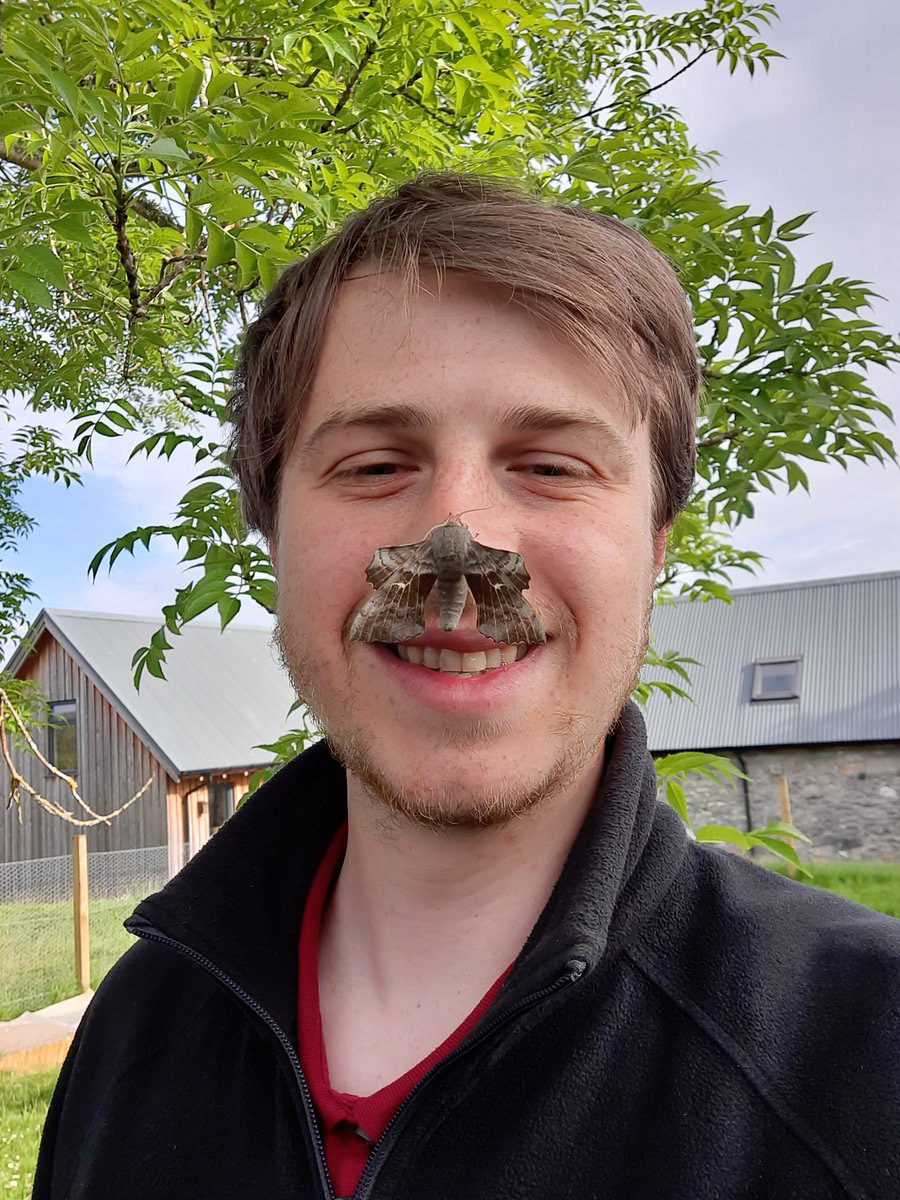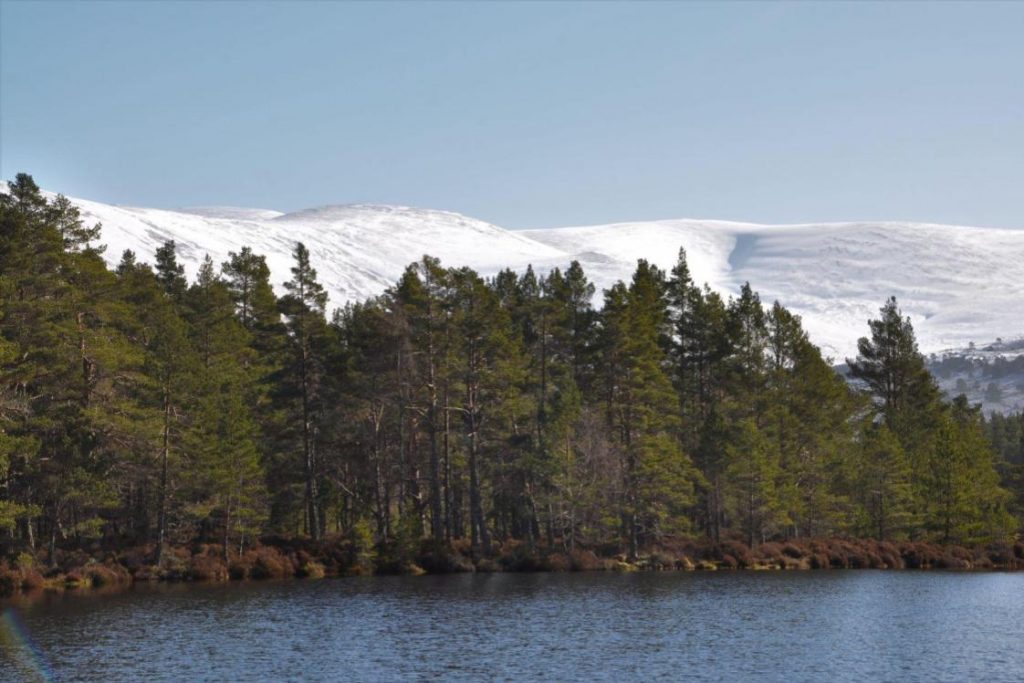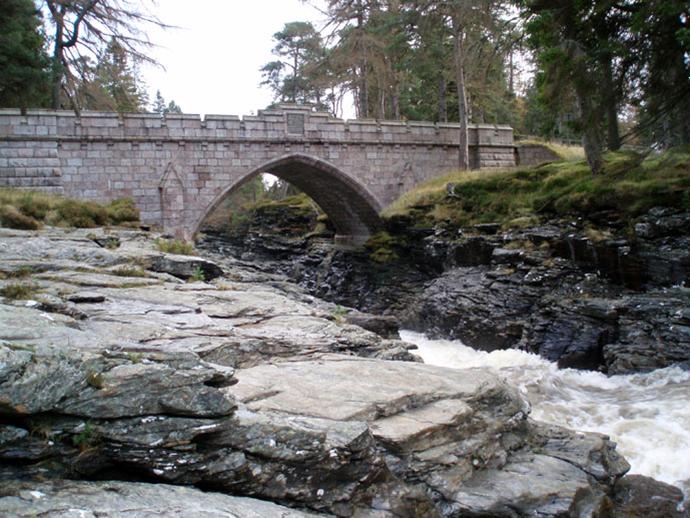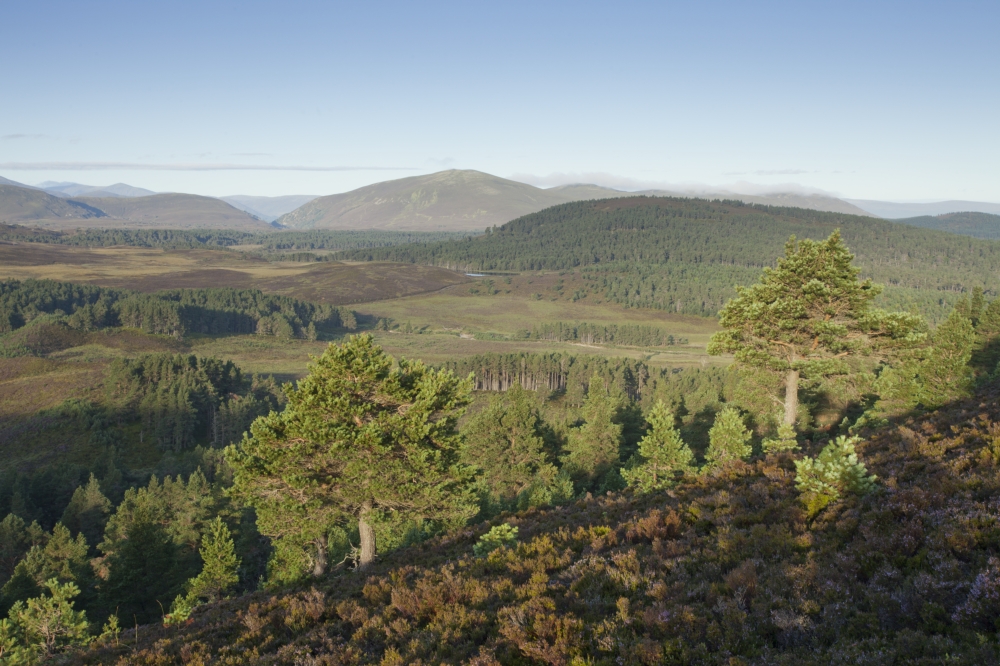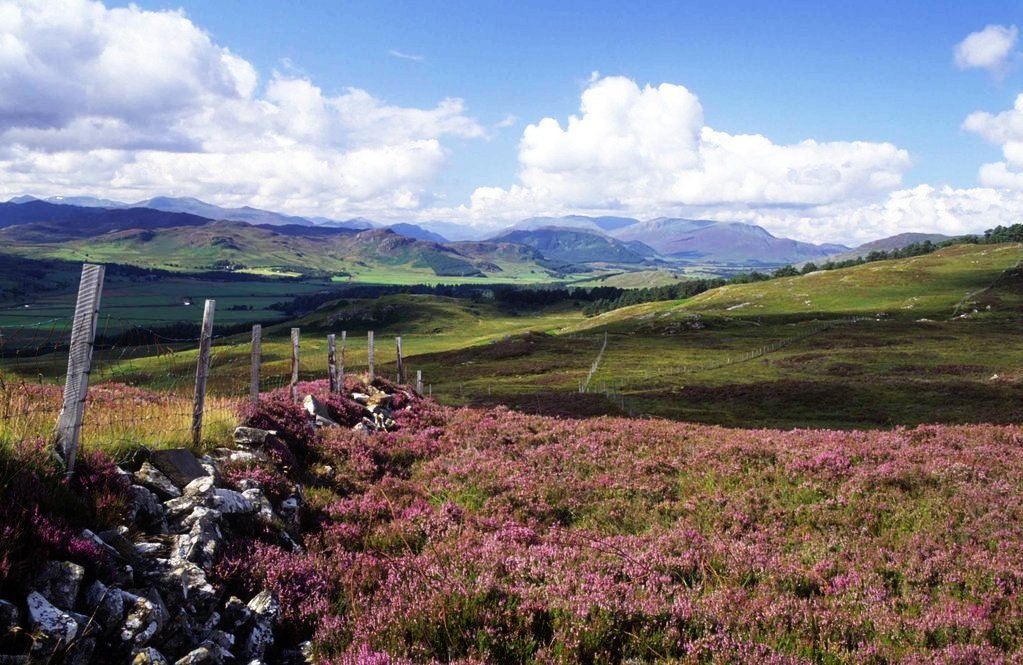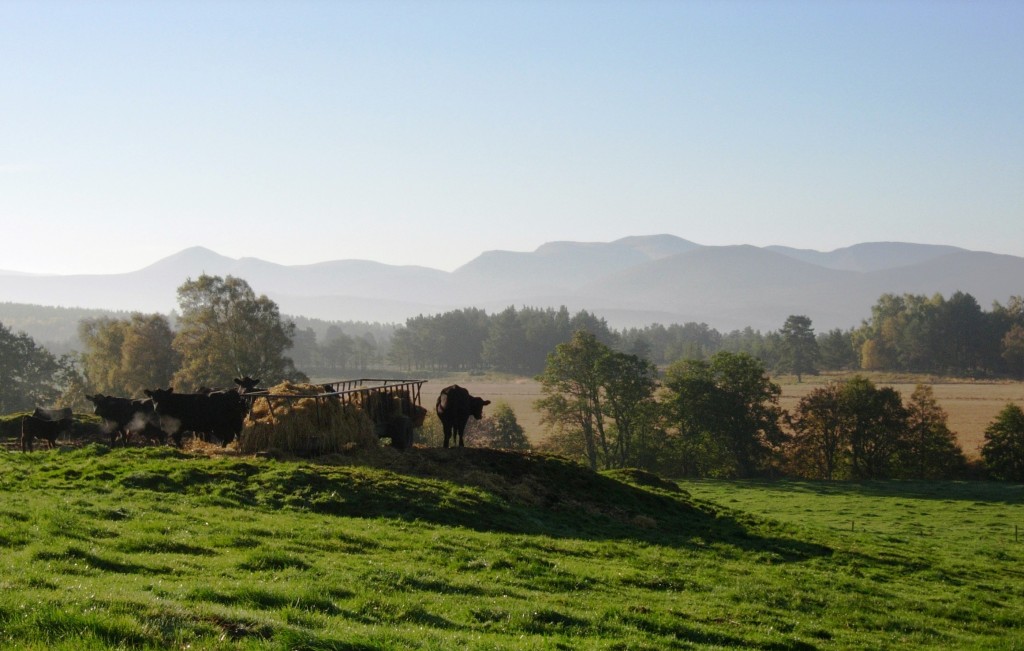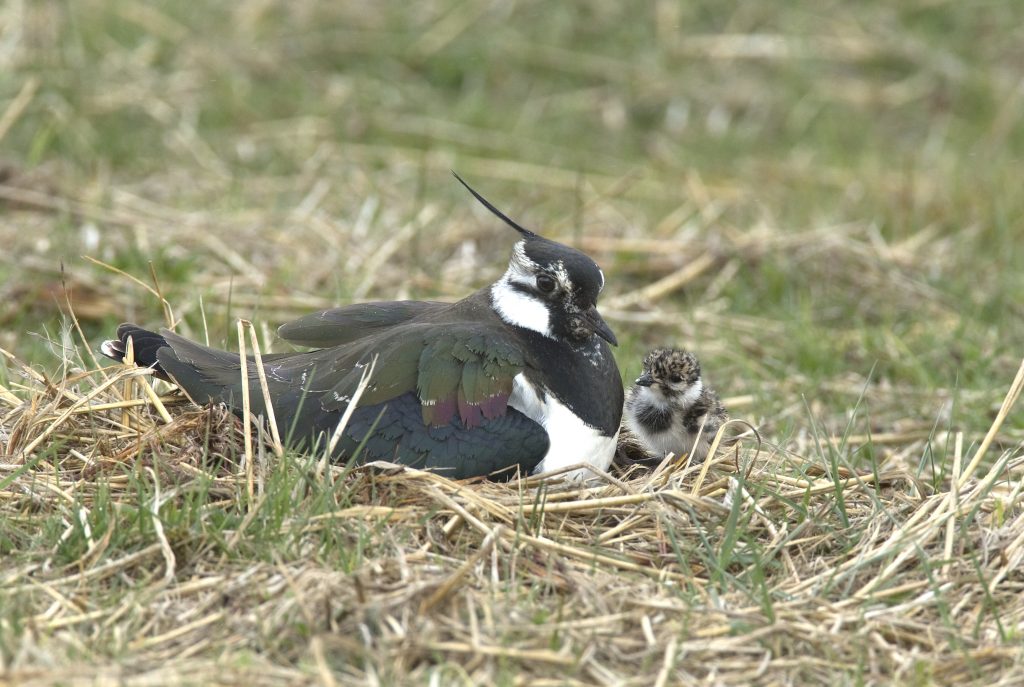Our Cairngorms
The Cairngorms National Park takes up 6 percent of Scotland or 2 percent of the UK. It is twice the size of the next biggest National Park, the Lake District, and is larger than Luxemburg. So, it will be of no surprise to you to hear that the Cairngorms is home to some incredibly rare habitats which give life to some amazing wildlife.
Although the Cairngorms National Park is relatively small in comparison with the rest of the country, it is incredibly important for wildlife with over 25 percent of all threatened species of plants, animals, and fungi found within the border of our National Park, some of which can only be found in the Cairngorms. It is home to one-quarter of Scotland’s native forest; one-third of the UK land above 600 metres; more breeding waders than the whole of Wales and 49 percent of the park has been recognised as being of international importance for nature, which is protected by European Law.
Through this blog, we will look at what habitats make up the National Park and why it is so special to us.
Mountains
55 Munros lie within or on the border of the Cairngorm National Park. Five of which, if you exclude Ben Nevis, are the highest mountains in Scotland. Munros – any mountain over 3,000ft (914m) – may seem like barren environments; too difficult to live in. But once you get your eye in, these hills are full of life.
“The Cairngorm plateau is the highest and has the most extensive range of arctic mountain landscape in the British Isles. It is home to some of the hardiest animals in the United Kingdom, evolved to survive the harsh landscapes of the mountain tops”, says ranger Pete. “I have been extremely fortunate to have been brought to places like this regularly from a very young age and have been a mountain leader for six years, so the mountains really do feel like home to me.”
“Part of our visitor engagement work when out on patrol involves offering advice to folk exploring this landscape – helping with navigation, advising on route choice and safety. My role as a CNPA ranger is social, so the high mountains of the Cairngorms offer a welcoming solitude in contrast. As the Plateau is on my doorstep, I often nip up there after a busy day out on the trails with binoculars and a camera in hand, which is my way of decompressing and organising the mind.”
Whilst some species like: dotterels and ring ouzels decided to migrate south to warmer climates during the winter, the mountain hare, and ptarmigan stay, choosing to live high up the mountains throughout the year. Both, mountain hare and ptarmigan moult in the autumn; getting rid of their darker, browner coat in place for a pure winter coat. Camouflaging them against the snow.
The mountains are a changing place. With the help of conservationists and landowners, trees and shrubs are now making a comeback. Planting of downy willow has been taking place since June of this year, up along Loch A’an.
Downy willow is an extremely rare shrub. It thrives in the mountains as it is adapted to high winds and low temperatures. It is grazed intensely by deer, meaning it only grows undisturbed on high slopes, cliff edges and steep burns. Ongoing projects will try to ensure that over the following decades the mountains will slowly return to their natural state, allowing downy willow and other species to thrive once more.
Rivers and lochs
The mountains are a source for some of Scotland’s most spectacular rivers. Up near the summit of Braemar is Scotland’s highest water source, The Wells of Dee. They trickle down the east side of the mountain into the Allt a’ Gharbh Coire (The stream of the rough Corrie) where it then joins the mighty River Dee to starts its 87 mile journey to Aberdeen.
Rivers such as the River Dee are some of the cleanest rivers and lochs in Europe. In fact, 70 percent of lochs and rivers in the National Park are considered to be in good ecological status, have nationally important populations of Atlantic salmon and three species of lampreys, as well as the globally endangered freshwater pearl mussel.
Pearl mussels depend on salmon for survival. As nymphs, they cling on to salmon gills for almost a year before jumping off and using their foot mussel to attach to the perfect spot. In return, the pearl mussels filter the water, creating cleaner water for life to grow in.
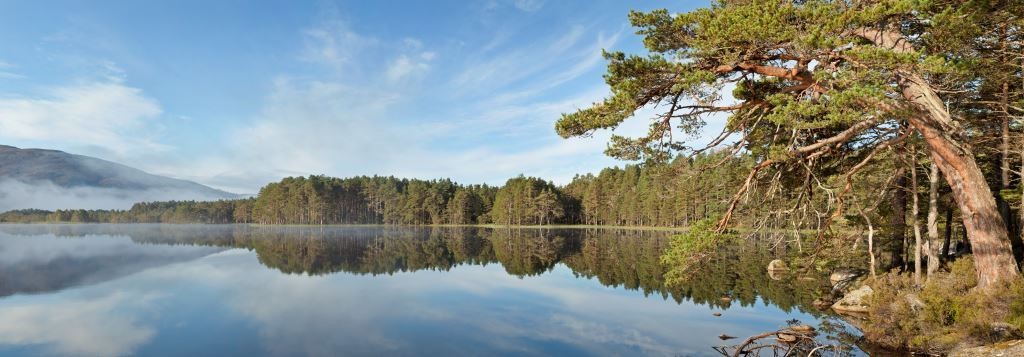
Here in the Cairngorms, we are blessed with many beautiful, tranquil lochs.
Ranger Scott, a local to the Cairngorms says, “I enjoy spending my time at Loch Garten. I find it so peaceful there. I have been coming here regularly ever since I was a child. Whether that would be for swimming or to sit on the banks with my parents, watching the world go by as we ate our picnic. When walking around the loch, listening to the shrills of the crested tits or the drumming of the woodpeckers it would help to put my mind to rest.”
Woodlands
Running alongside the River Dee, is one of Scotland’s most important habitats, The Caledonian Pine Forest. Once Widespread throughout Northern Scotland, The Caledonian Pine Forest is now a fraction of the size it used to be. Some reports suggest that there is less than 5 percent of what originally stood 400 years ago. More than half the surviving Caledonian forest, including the largest remaining remnants, can be found in the National Park. Organisations and charities, like Cairngorms Connect, are working towards expanding the forest through a 200-year plan.
“I feel very lucky to work in the Caledonian Pinewoods of the Cairngorms”, says Ranger Gillian. “In my role as Seasonal Ranger, it is fantastic to be able to share my passion for these ancient forests with visitors and walk amongst the Scots Pine, Birch, Juniper, Rowan and other trees that make up these pinewoods. Throughout the year I have been able to spot a lot of the wildlife that calls these forests home, including bird species such as capercaillie, crested tit and Scottish crossbill, rare plants such as twinflower, creeping lady’s-tresses and one-flowered wintergreen and not to mention the mammals, fungi and insects that are also found. As a Ranger and an artist, these forests inspire me on a daily basis and fuel my creativity. I feel very blessed to have them on my doorstep and know they are special to both locals and visitors alike.”
Capercaillie – known as Horse of the woods in Gaelic, are a species that has declined rapidly over the last century. With 75% of the population believed to be found in Speyside. This turkey sized bird, is one of Scotland’s most characteristic animals. The males perform an extraordinary courtship display called a lek. While fanning their tails and holding their wings down, the males strut about at their traditional lek site and produce amazing gurgling, wheezing and popping noises.
The females, a more subtle, mottled brown colour, sit on nearby trees and watch the action unfold. Once a winner has emerged from the lek, only he has the right to mate with all the females, ensuring that the strongest genes are passed on.
Capercaillie are fussy eaters. In winter they feed exclusively on pine needles. Once it is warmer, they diversify and feed on a mix of insects, bog cotton and insects.
Red squirrels are another species that will benefit from the expansion of the Caledonian Forest. With only 120,000 left in Scotland, the Cairngorms National Park is a stronghold for them. In fact, they are doing so well here that there are enough to export some to other parts of Scotland.
Red squirrels are outcompeted by their American cousins, the grey squirrel. The greys are able to digest food earlier than the reds, who need to wait for their food source to ripen.
This isn’t the only thing red squirrels need to worry about. Grey squirrels can also carry squirrel pox, which doesn’t affect greys, but is deadly to the reds. A population of grey squirrels can clean out a population of red squirrels 20 times faster if said population is carrying the disease. Therefore, it is integral that we keep the Cairngorms as free from the greys as possible.
Squirrels aren’t the only interesting animal you might find in a scots pine tree. If you’re lucky, you might find a pine hoverfly. One of the 6 species targeted by Buglife, it is a fairly newish discovery to the UK. Thought to only occur in mainland Europe, it was only discovered after an entomologist heard a buzzing in his hotel room in Deeside, only to find it was a species never found in the UK before.
Pine hoverflies are incredibly fussy. They need a particular habitat to nest in. They require rotting stumps, that are over half a meter wide. With a lack of rotting tree stumps, these flies have declined massively throughout Europe over the last century. There are thought to be only a handful of sites left in Scotland, all within the Cairngorms National Park.
Wetlands and Peatlands
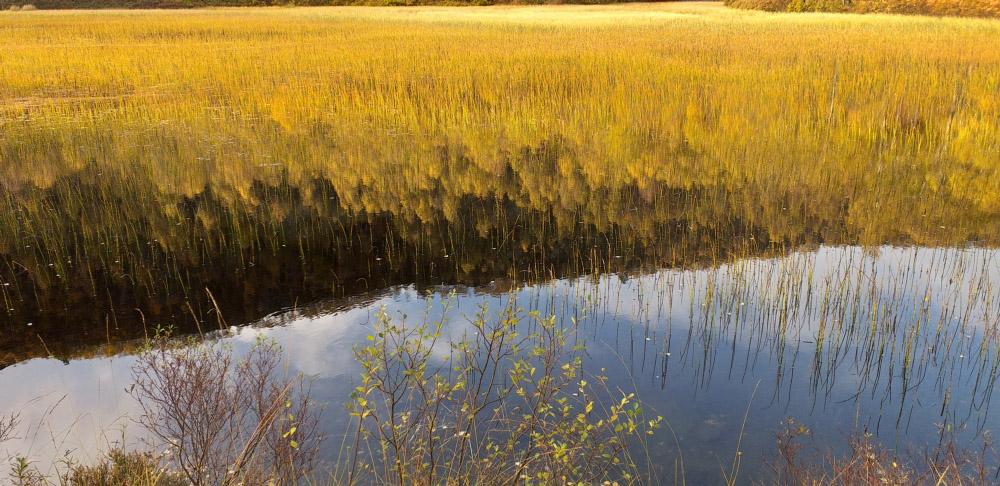
Large wetlands and their associated bogs and fens are havens for wintering wildfowl and for creatures such as rare water beetles to thrive.
Two of the major wetlands in the Park are globally recognised RAMSAR sites, the jewel in the crown of designations. Insh Marshes is Britain’s largest naturally functioning floodplain over 5 miles (8km) long and nearly 2 miles (3km) wide in places. While, Muir of Dinnet is a large mosaic of heath woodland and mire, including peat bogs, swamps, fens and two lochs; Davan and Kinord. Some of the UK’s best breeding populations of wading birds such as redshank, lapwing, curlew and snipe can be found in the Cairngorms in these habitats.
Peatlands are internationally important; they are home to a whole host of wildlife and absorb and store masses of carbon from the atmosphere. The main characteristic of the peatlands is their soil: peat. This soil is found over much of the National Park, particularly on the higher ground where blanket bogs form. Peat soil forms in very wet conditions ideal for sphagnum mosses. These mosses are so absorbent that they are even used for making environmentally-friendly nappies!
The waterlogged condition sphagnum mosses survive means that dead plant matter only partially decomposes and as a result, over many years, layer upon layer of organic matter builds up into the thick soft dark brown peat. Peat can be several metres deep. A rough “rule of thumb” estimates that peat grows about 1mm per year or 1cm every 10 years.
Because peat is so slow-growing it is very fragile to erosion. If the vegetation is severely damaged by too much grazing, trampling or fire, the peat soils may be exposed to the wind and rain. This makes them vulnerable to erosion. Drainage of peatlands was practiced in the past in an attempt to ‘improve’ the land for agriculture, forestry and grouse moor management. Today we know better; draining peat is one of the most damaging things leading to erosion and carbon loss.
As an avid amphibian recorder, CNPA kickstart ranger Danny spends a lot of his free time wandering around peat bogs. “These areas may seem barren and act only as an obstacle on your way to more exciting habitats, but the next time you come across one, consider peering into some of the pools. Palmate newts can be seen in the Spring, and can be observed in the middle of their courting rituals. The plant life may surprise you as well – bend down and you may see some of the Cairngorms’ carnivorous flora on the water edges, such as round-leaved sundew. The peat bogs have so little nutrients that these plants have to supplement their diets by catching insects.”
“These places are some of the most peaceful in Scotland – when I’m surveying I often don’t see anyone else for the whole day. These bogs can feel quite alien, and I get filled with a sense of otherworldliness after prolonged time exploring. You may enjoy your time walking through, but you will always be aware in the back of your mind that you are a visitor – the land is inhospitable for us. I think that everyone should experience this bleak habitat for themselves, and if you’ve never been before, definitely bring a midge net, compass and spare change of socks with you – the edges aren’t always as solid as you’d expect!”
Moorlands
The Moorlands of the Cairngorms are used for both field sports and farming. Its management is key to delivering several public interest priorities including peatland restoration, flood risk management, species conservation and landscape enhancement.
One bird that has benefitted from the conservation of moorlands is the curlew. Europe’s largest wader, the curlew is a near-threatened species. A loss of habitat over the last few centuries has resulted in curlews being increasingly concentrated into upland areas. The moorlands of the cairngorms are some of the last strongholds for the curlews.
The open moorlands of the Cairngorms are an integral part of the landscape character of the National Park and a valuable habitat. Moorland covers approximately 40 percent of the park with a further 30 percent classified as the higher montane zone.
Tony, our Ranger for the CNPA covering the Angus Glens, says, “it was a real honour and privilege to be tasked with engaging with the public to share local knowledge. Although I enjoy sharing many sightings of the various raptor species with the visitors, my favourite time of year is the rut when the glens ring out with the bellow of the roaring stags reminding me of growing up here as a child and sneaking out of bed to try to catch a glimpse of them in the moonlight. I feel very honoured to call this area and these hills my home…. And currently my office”!!
Farmlands
“Farms are a special place for me”, says Ranger Blair. “Growing up my grandad was a shepherd. Every summer during the holidays I would travel down with my parents to the Borders to spend time on the farm with my Granny and Grandad. I remember the bubbling calls of the curlews, the electric peewittting noise made by the lapwings and the fresh smell of hay bales later on in the summer. Spending time on my Grandad’s farm allowed me to explore nature in a way I couldn’t do back home. It gave me the confidence to explore my surroundings and build up connections that I still cherish today”.
The National Park is the most important UK mainland site for breeding wading birds due to its combination of wetlands, wet grasslands and low-intensity mixed farming. Nevertheless, waders such as lapwing and redshank have seen their numbers dramatically reduce by over 50 percent in the last 10 years.
A big change in farming techniques is down to the loss of lapwings. But here in the National Park the farmland and grassland habitats have often been managed less intensively than in other parts of the UK resulting in more suitable habitats for the lapwings.
Almost all areas are grazed but some areas are cut for hay. Inundated pastures or meadows with ditches that maintain the water levels contain seasonal water-filled hollows and permanent ponds with tall fen species such as reeds. They are not extensive in the National Park, often in low-lying poorly drained areas of fields where crop yield and productivity are low. The short vegetation, wet mud and shallow pools in damp grassland and water margins provide an ideal habitat for farmland waders and contribute directly to a wider network of wetland habitats. The National Park are helping farmers, crofters and land managers to apply for government funds to help protect and improve habitats for breeding waders. Read more about the Strathspey Wetlands and Waders Initiative
